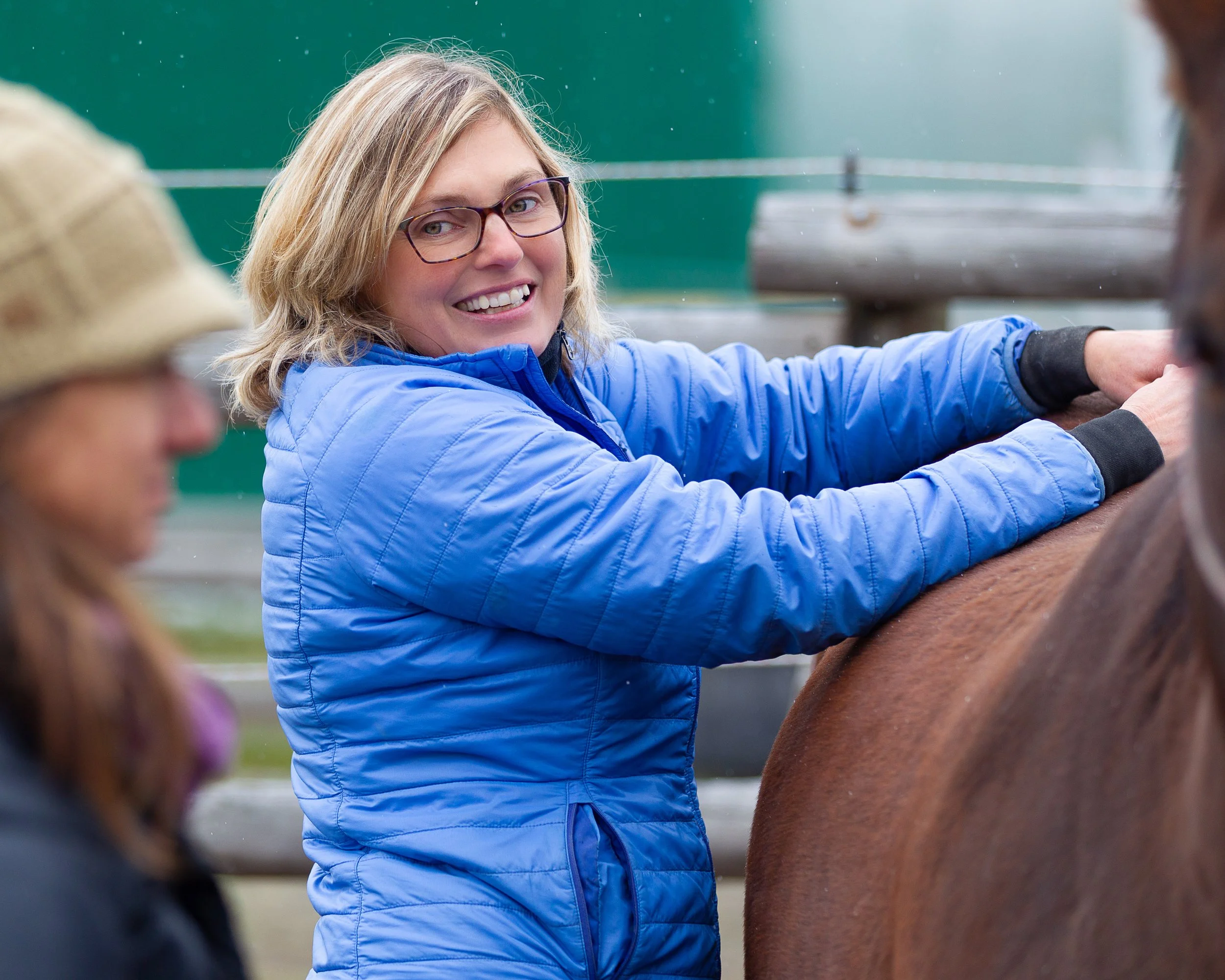About your Practitioner
Leeann, known as Lu since college, is dedicated to helping horses of all performance levels. She graduated from the Vluggen Institute for Equine Osteopathy and is also a certified equine acupressure practitioner from Tallgrass Animal Acupressure Institute, a certified sports massage therapist, and a barefoot trimmer.
Leeann works with both young and older horses in her area, focusing on performance and rehabilitation cases. She collaborates with surgical and rehabilitative teams to help horses return to their careers while maintaining high performance. Her expertise allows her to improve the comfort and well-being of horses in their daily lives.
Leeann also practices across the U.S., including Arizona, Colorado, Wyoming, Oregon, Idaho, Michigan, Texas, and California.
Learn more about Equine Osteopathy
-
Equine Osteopathy is the specific application of the principles and standards developed by human osteopathy, translated, adapted, and modified to the specific structural and physical needs of the equine.
-
Structure dictates Function, and Function dictates Structure. The structure and the function of the body condition each other.
Unity of the Body. All structures and tissues of the body are mechanic and they are connected through nerves and fluids. The interaction of these structures allow the body to function as a whole.
Cause and Effect. Life is movement. Everything, everywhere must be mobile, everything requires freedom. Areas without optimum mobility will suffer, causing compensation and eventually decompensations throughout the system.
The body is able to heal itself. Sustaining health through the body’s ability to self-correct and re-establish health after injury or disease.
The law of the Artery. All tissues have a supply of nutrients as well as disposal of wastes. Long-term disturbance can impair the quality of movement, supply of nourishment, and removal of wastes. Osteopathy strives to sustain optimal supply and disposal through maintaining ideal function of the body.
-
Osteopathy affects the five principles by working on the pillars of the body:
Parietal: the muscles and joints of the body, the autonomic nervous system affecting the sympathetic nervous system, which in turn, affect blood flow
Cranio-sacral: The bones in the head and throughout the body, the parasympathetic nervous system, maintaining the flow of lymph and cerebral spinal fluid
Visceral: Through a thorough understanding of the nervous systems, Osteopaths affect the sensors and activators of these systems to maintain visceral health
Fascia: Understanding that fascia surrounds all and has it’s own nervous system, Osteopaths integrate fascia as an important body structure
-
Osteopathy looks at the whole body, internal and external, nerves, fascia, bones, joints, muscles, and all fluids, as one. The body seeks homeostasis, a balance between all moving parts, and Osteopathy helps the body find it and heal.
“Find It, Fix It, Leave it Alone, and Let the Body Heal Itself”, -A.T. Still, founder of Osteopathy

